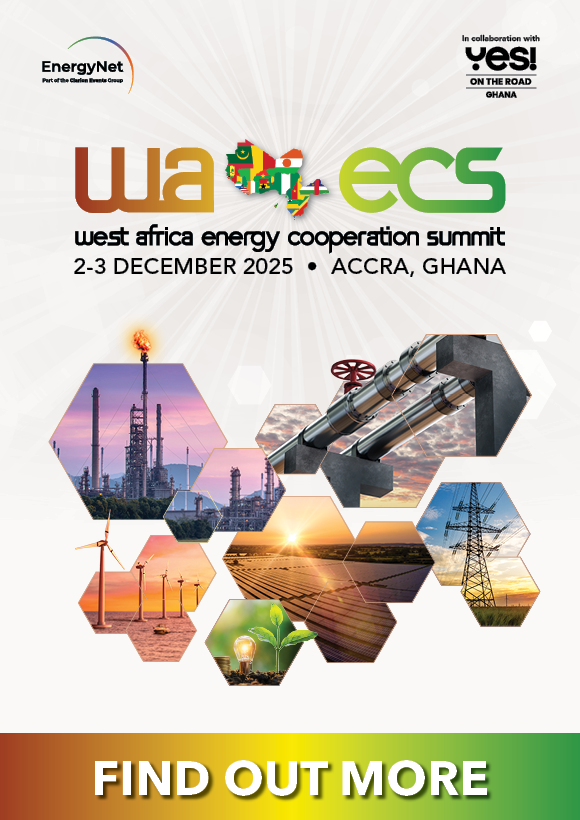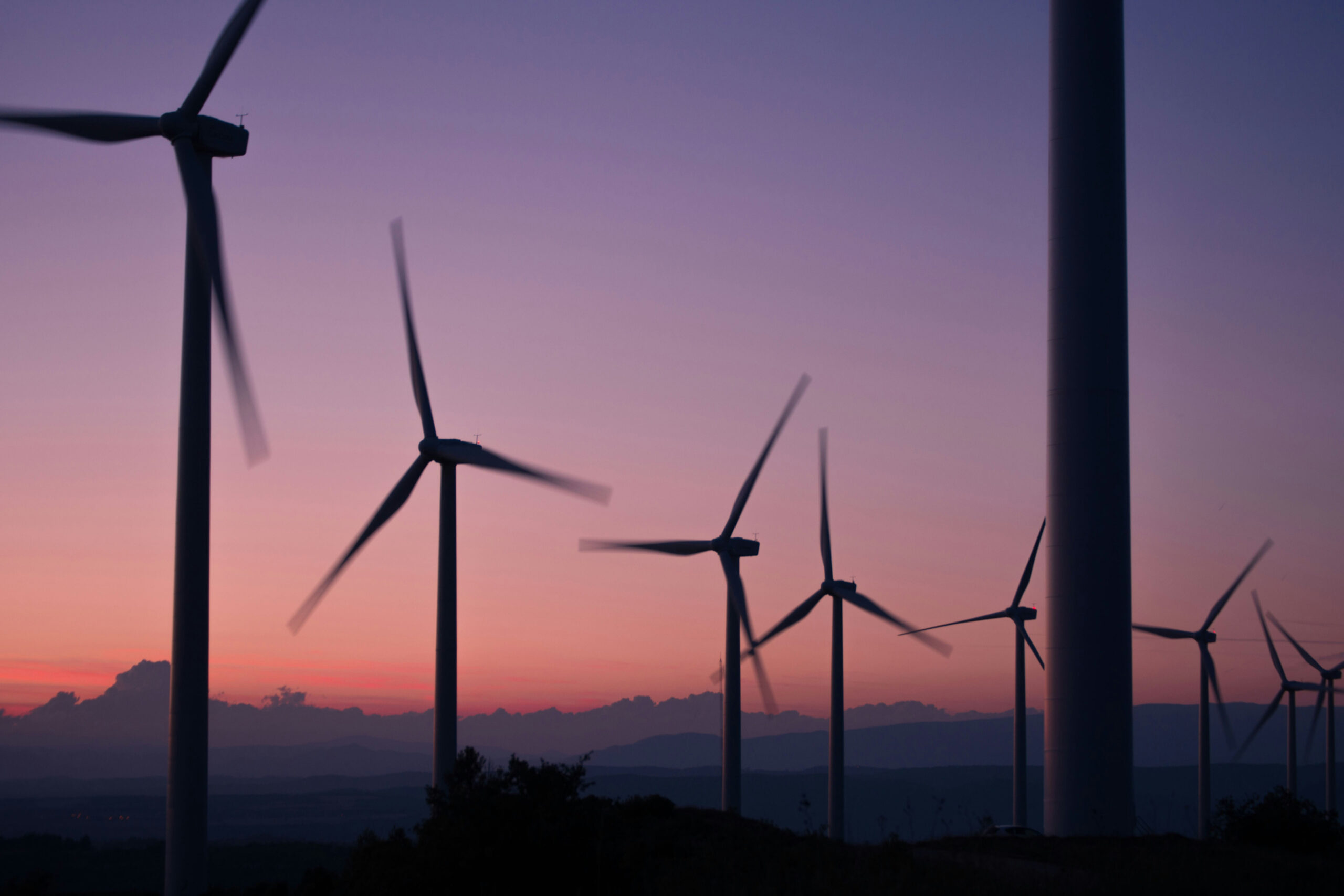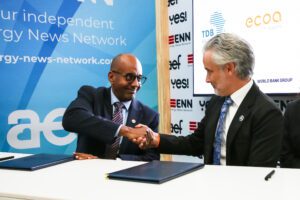
ZESCO Driving Zambia’s Energy Transformation: Insights from Managing Director Mr. Justin Loongo
As Zambia’s power landscape evolves, ZESCO remains at the forefront of implementing reforms that are reshaping the country’s energy future. Mr. Justin Loongo, Managing Director, outlines ZESCO’s collaboration with the Ministry of Energy and the Energy Regulation Board, and explains how the utility is driving private-sector participation, advancing renewable energy projects, and improving grid reliability. Through initiatives such as the Open Access Regulations, the Multi-Year Tariff Framework, and the M300 rural electrification programme, ZESCO is delivering tangible progress in expanding access, diversifying generation, and strengthening Zambia’s role in regional power trade.
- How are the Open Access and Multi-Year Tariff policies creating a more attractive regulatory environment for investors in Zambia, and what impact have they had on ZESCO’s operations?
Zambia’s evolving energy policy and regulatory landscape has significantly improved investor confidence in the power sector. Notably, the Open Access Regulations (SI No. 40 of 2024) and Multi-Year Tariff Framework (MYTF), coupled with light-handed regulation, have sped up renewable energy investment. These changes have resulted in successful PPPs such as the Chisamba and Mailo Solar PV Plants, critical in driving electricity generation diversification and unlocking new capital for renewable energy and rural electrification under the M300 Initiative.
Open Access has established non-discriminatory grid access, enabling IPPs, large customers, and other private players to trade power through ZESCO’s network, reducing single-buyer risk and catalysing private generation investment.
The MYTF, approved by the ERB in 2023, introduced predictability in tariff movements with preapproved adjustments to 2027, providing a smoother glide path toward cost-reflective tariffs. This has enhanced investor confidence by assuring a fair return and enabling long-term cash flow modelling.
ZESCO, working with the MoE and ERB, has taken a central role in implementing these reforms and facilitating private-sector participation while maintaining financial sustainability. The impact on ZESCO has been significant, with improved revenue predictability through phased tariff adjustments, enhanced creditworthiness and transparency, and increased grid interconnection requests and PPAs. For example, over 30 PPAs and 5 PSAs were approved in H1 2025, compared to fewer than 10 annually pre-2022.
- How is ZESCO collaborating with the MoE and ERB to streamline approval processes and accelerate the completion of energy projects?
ZESCO is actively partnering with the MoE and ERB to expedite project timelines through targeted reforms, accelerated licensing, and enhanced monitoring. Joint efforts include project tracking, quarterly coordination meetings, and capacity building on regulatory compliance.
The MoE ensures Open Access regulations are implemented, while the ERB licenses new players and enforces standards. More IPPs have partnered with ZESCO and are seeking financing, resulting in more projects being implemented.
- What does the success of the Mailo Solar PV Power Plant suggest about the evolving role of PPPs and ZESCO’s diversification strategy in light of hydropower shortfalls?
The Mailo Solar PV Power Plant, a planned 100 MWp facility in Serenje District, injected its initial 25 MW into the grid and is scaling up with the next 35 MW under development. Developed by Solarcentury Africa in partnership with ZESCO, it was delivered in record time of under 18 months from financial close.
The project demonstrated the efficacy of PPPs in leveraging private funding for rapid deployment and underscores Zambia’s evolving PPP model where public entities provide regulatory support and grid access, while private players handle risks and capital mobilisation.
Mailo reflects ZESCO’s strategy to achieve 1,000 MW of solar by 2026 to counter hydropower shortfalls. Current pipeline projects include:
- Chisamba II (100MW), Chipata West (100MW), Mansa (50MW), Mumbwa (50MW), Mailo II (35MW), Kasupe (15MW)
- JIGSCO JV (200MW): Kafue Gorge Lower (100MW) and Siavonga (100MW)
- Other IPP projects totalling around 11,000MW.
In what ways are Zambia’s public and private sectors working together to enable market-based solutions such as energy trading?
Zambia’s public and private sectors are fostering market-based solutions through open access, allowing private traders to wheel power via ZESCO’s grid and participate in bilateral contracts. Private renewable traders use blended finance to aggregate IPP output and sell to utilities, enabling cross-border trade via the Southern African Power Pool (SAPP).
Government support includes guarantees for interconnectors (e.g., $293 million for the Zambia–Tanzania line) and ERB pricing oversight. Commercial banks are financing renewable projects and trading platforms, mobilising funding in critical investments – a clear demonstration of private sector appetite in Zambia’s electricity supply industry. While forums like the Zimbabwe-Zambia Energy Projects Summit facilitate knowledge-sharing and provide opportunities to mobilise financing. These synergies have unlocked regional power trade, facilitated imports, and positioned Zambia for growth.
- How is ZESCO partnering with the Government to advance the M300 initiative and make rural electrification more bankable?
Under the M300 initiative, which targets 300,000 new connections annually towards universal access by 2030, ZESCO is partnering with the Government to de-risk rural projects through blended finance and incentives. A flagship effort is the $300 million joint venture with Azana Electric Group to electrify 2 million people along the Lobito Corridor via grid extensions and mini-grids, leveraging public land access and private construction expertise.
To boost bankability, the Government offers guarantees, tax incentives, and Special Purpose Vehicles (SPVs) via the Zambia Energy Development and Supply Initiative (ZEDSI), which subsidises last-mile connections and provides results-based funding, drawing over $100 million in private capital for off-grid solutions. ZESCO provides technical oversight and grid integration, while the MoE coordinates concessional loans with development partners such as the World Bank. This model has accelerated connections by 40% in pilot areas, making rural projects more attractive by mitigating forex and demand risks.
ZESCO’s strategic interventions to reach Zambia’s M300 goals include:
Grid Expansion: Extending the grid to provide electricity to 2 million people through the $300 million Azana JV along the Lobito Corridor, adding new transmission and distribution lines and substations to prioritise rural electrification and strengthen links between Zambia, Angola, and the DRC.
New Connections: Providing access to underserved communities by subsidising connection fees through collaboration with DFIs, including the Last Mile, NEAT subsidy connections, the Lusaka Transmission and Distribution Rehabilitation Project (LTDRP) and the Electricity Services Access Project (ESAP).
Key Takeaways:
- Zambia is uniquely positioned to lead electricity sector transformation through positive structural policy changes.
- Investing in renewable energy is crucial for economic and environmental sustainability in the short to medium term.
- Greater solar investment is needed to reduce reliance on hydro while maintaining baseload capacity.
- Now is the time to seize Zambia’s renewable potential and power a greener future for Africa.
- Collaboration among ZESCO, the private sector, and international partners is essential to accelerate renewable deployment and grid expansion.















